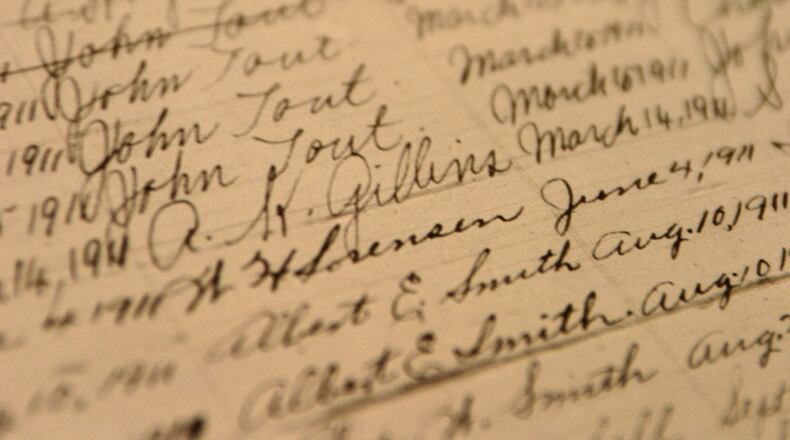DNA testing can help confirm your genealogy research — the information you’ve documented through courthouses records, archives, interviews and so forth.
My DNA test results have confirmed Brooks and Snellings on my Georgia lines, and Hoyle and Christenberry on my North Carolina lines. Some other lines have very few known DNA matches. That could be because none of those descendants has taken a test, or because there’s a problem with the research. In examining your DNA autosomal test results, you need to have your family tree available, to mark the lines that have confirming matches with descendants. Then you can see where the gaps are. Those are the areas to target in order to make DNA testing worthwhile. Be proactive and locate a cousin to test.
You can save money by copying/transferring your test results to another site where there could be matches. DNA results can be copied from Ancestry.com to FamilyTreeDNA.com, but not vice versa. You can copy from FamilyTreeDNA.com to MyHeritage.com. It’s worth copying results when you can because you never know whether relatives you don’t know have tested on another site.
I have focused on my Russell family branch and have 10 family members — including my mother, my sister and several second cousins — on FamilyTreeDNA. But one family branch showed up on MyHeritage. Now that I know they are interested enough to do that, it’s time to reach out to them to share information, ask them to join our Russell DNA project and get other cousins from their branch of the family involved.
British newspapers
A very important site for British newspapers is britishnewspaperarchive.co.uk, a collaboration between the British Library and Findmypast.com. Check it out.
Dictate family memories
Dictation features on cell phones, tablets and laptops have become so much better in recent years. Set up an email to yourself and then start dictating to it. You might be surprised how easy it is to record your memories. Then edit it later. Sometimes its easier to get a rough draft of a memory by dictating it than by typing it. At least you will get an outline of your thoughts to work with. Then share it.
About the Author
Keep Reading
The Latest
Featured


